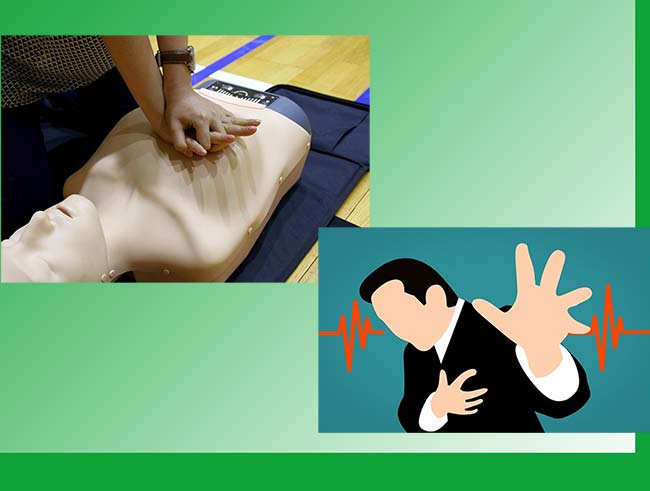What is cardiopulmonary resuscitation?
How to perform CPR to save patients’ lives.
One of the most important and effective ways to save the life of the injured person or those around them who have suffered a cardiopulmonary arrest is to use the CPR technique.
Performing CPR helps maintain blood circulation and oxygen in the body of a person who has cardiopulmonary arrest and has no breathing or heartbeat.
People who have seen CPR training can easily perform berating and cardiac massage and save a person’s life before starting CPR, if you are in the city, be sure to call the emergency services but if you are out of town, inform the Red Crescent, or inform the Red Cross.
What is CPR Operation?
A person who suffers cardiopulmonary arrest and the blood and oxygen supply to the body organs is stopped the person has no heartbeat and breathing with the help of the CPR operation technique, we can make the heart of the injured person to beat.
CPR operation is a simple but very effective technique in this technique, by giving cardiac massage, the blood reaches the organs of the body, especially the brain, and mouth-to-mouth or mouth-to-nose breathing brings oxygen to the cells.

When Should CPR be Started?
Cardiopulmonary arrest can happen to people of all ages.
Keep your cool to perform CPR, when a cardiac arrest occurs, the person next to you may be talking and suddenly fall to the ground, or a person who has had an accident after 4-6 seconds, the person loses consciousness and after 30 seconds, breathing stops completely due to the lack of oxygen reaching the brain, the pupils are dilated. as a rescuer, keep your cool when someone is in cardiac arrest
Most people who suffer cardiac arrest return to life with cardiac resuscitation.
1-keep your cool.
2- Contact the emergency or Rea Crescent or Red Cross rescue forces.
3- most of the person to a safe place.
4-respect the person`s privacy.
5-untangle the person`s clothes.
6-start the CPR operation.
The paramedic assesses the patient`s level of consciousness. Assess the carotid pulse for 10to15 seconds call the person by name and hit a few small strokes between the eyebrows If you do not feel the carotid pulse, we will change the position of the victim by keeping calm there are no pebbles or glass under the person and CPR cannot be performed on a bed or corrugated mattress.
Release the patient`s clothes the upper body must be naked, untie the necklace from around the patient`s neck and hand it over to the family or the police.
For women, the bar must be opened and removed from the body, and for men, the belt must be released, the watch, bracelet, or ring, should not be on the rescuer’s hand open one hand and place the other hand on it and draw an imaginary line from the nipple and an imaginary line from the sternum the intersection of these two lines is the exact location of the CPR
Sit next to the patient and approach the patient’s body you are not allowed to bend your hand during CPR and you start massaging give the patient 2 breaths for every 30 massages pull the patient’s head back from the forehead and open the person’s mouth with the other hand it is better to use a CPR mask to present disease transmission otherwise, place the finger in a circle on the patient s mouth massage 100 to 120 time In one minute with a depth of 5 to7Cm.
When to Stop CPR:
1-When carotid pulse return time.
2-The time of arrival of the specialist team or the time of arrival at the hospital.
3-the time of transportation of the injured
4-And Finally, after 45 minutes of CPR, if the patient has no vital signs, we terminate CPR.
Leave a Reply